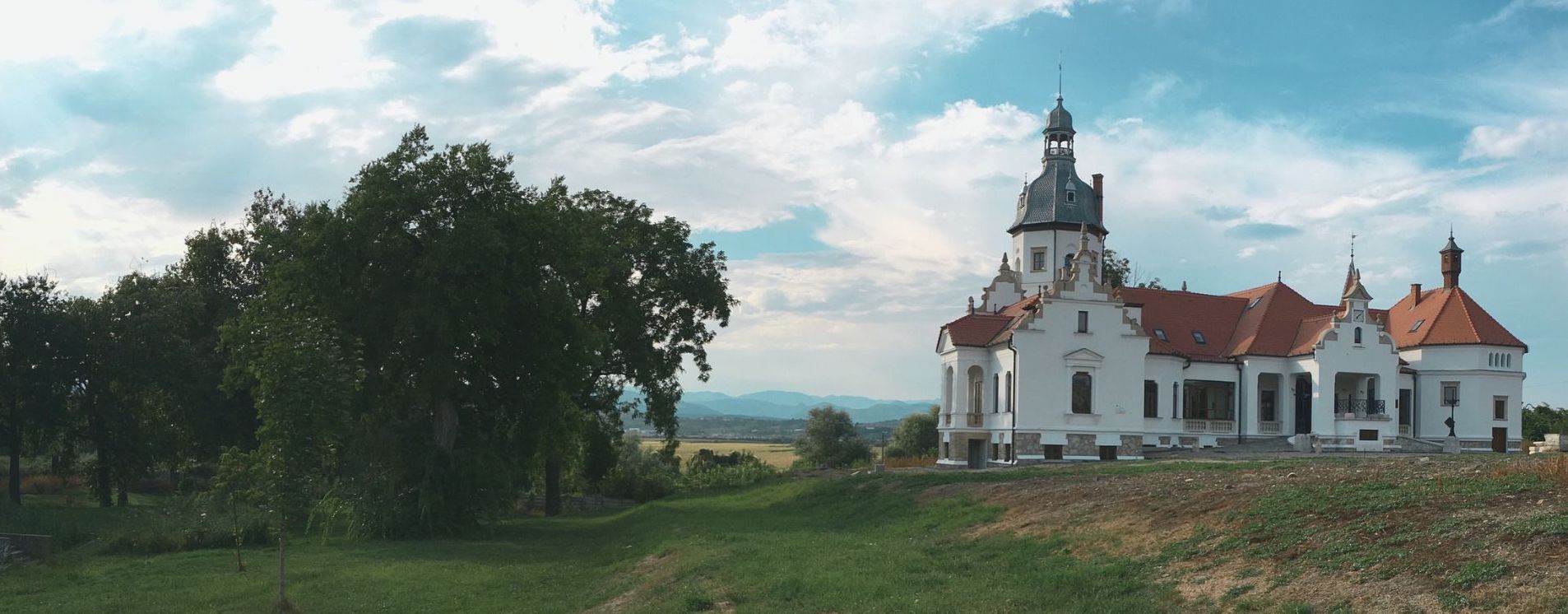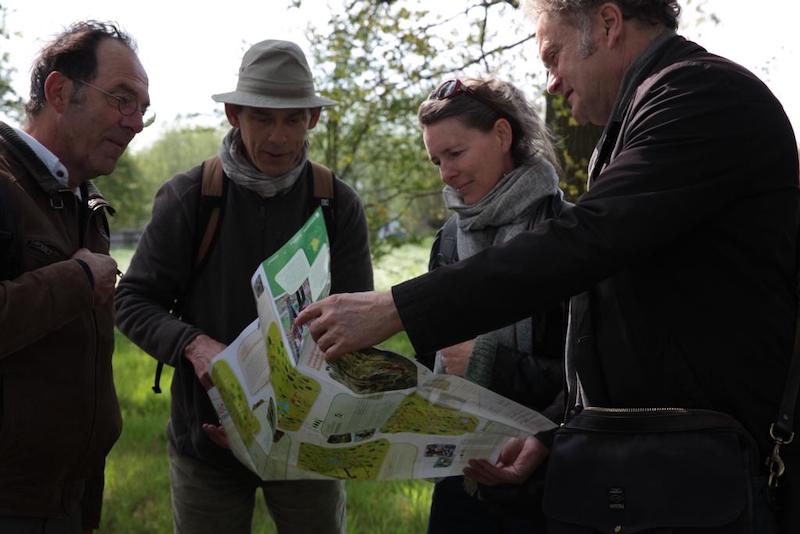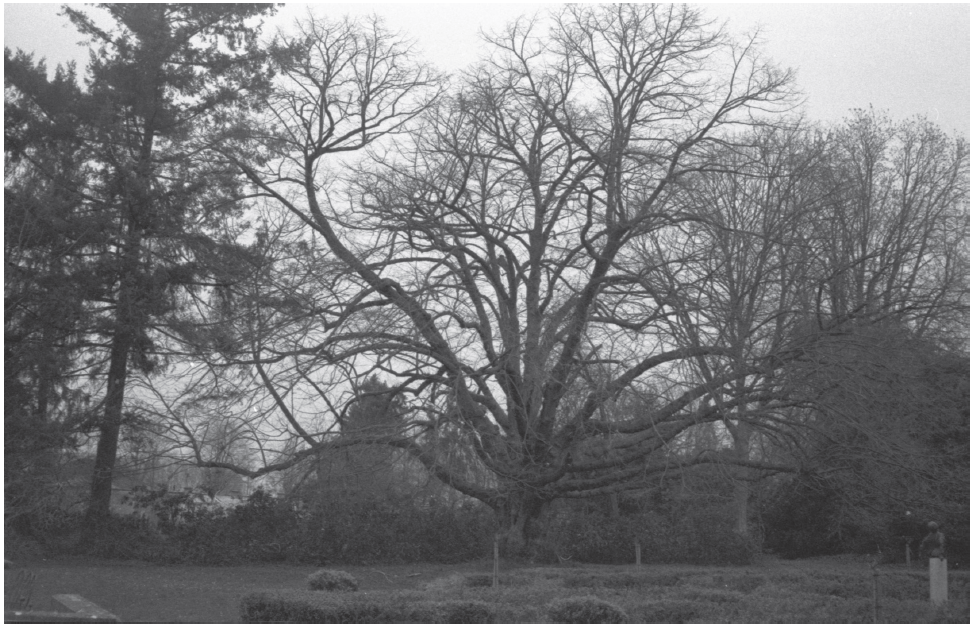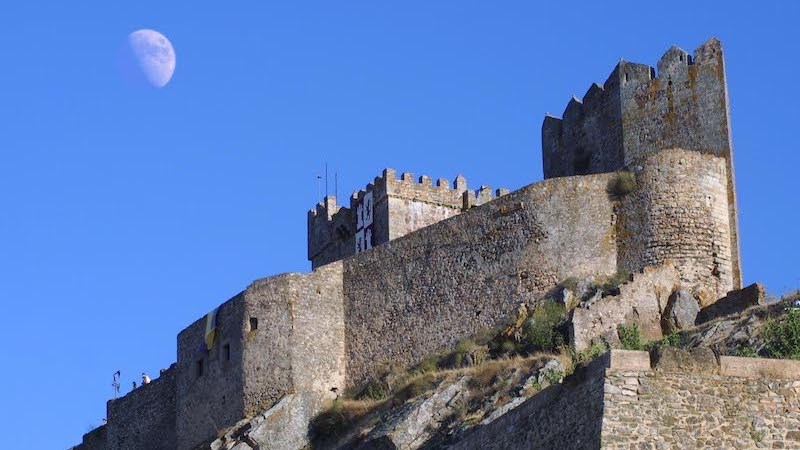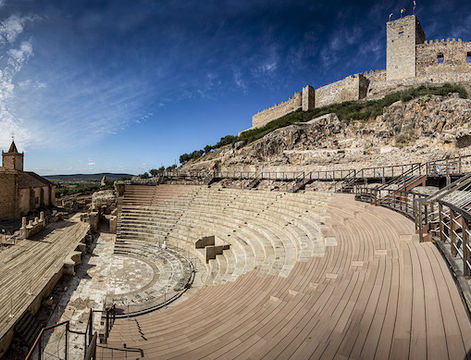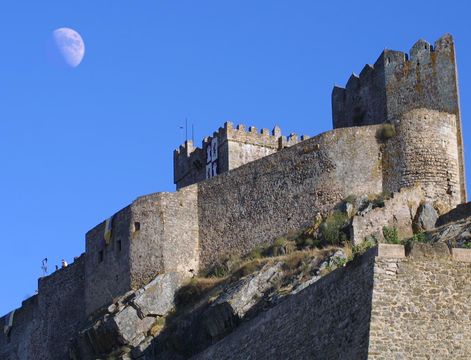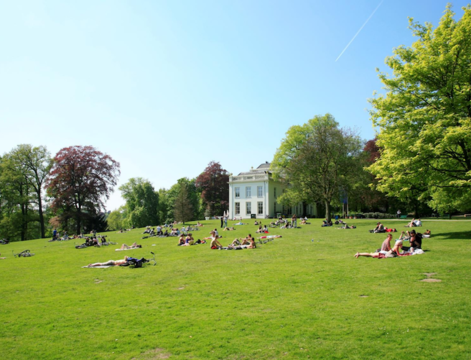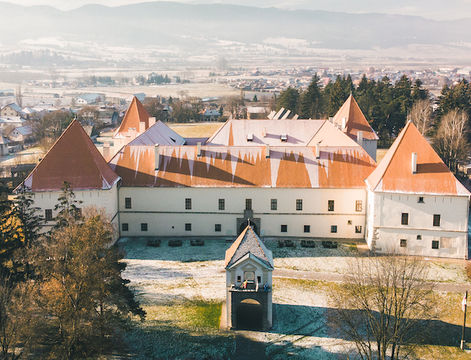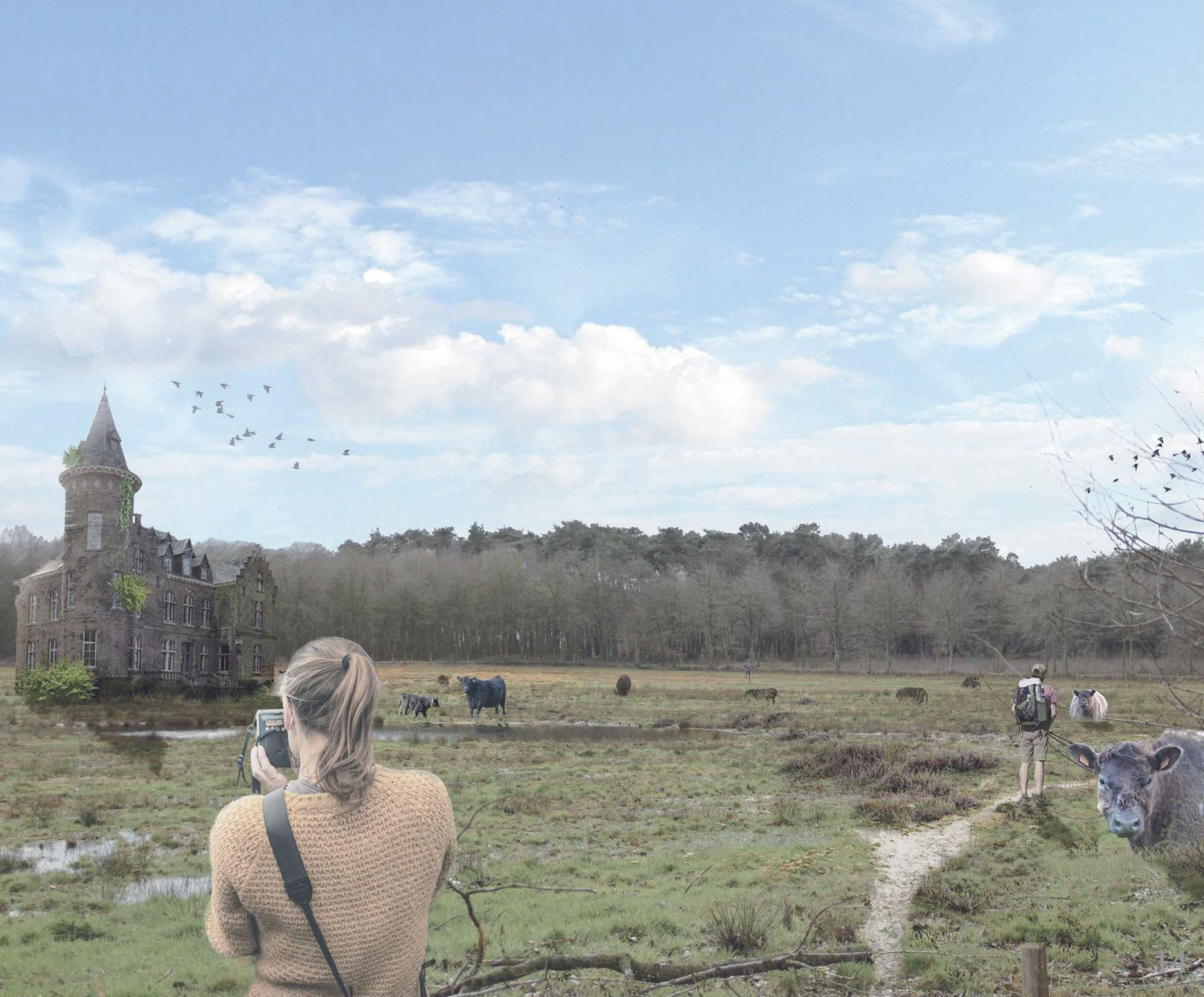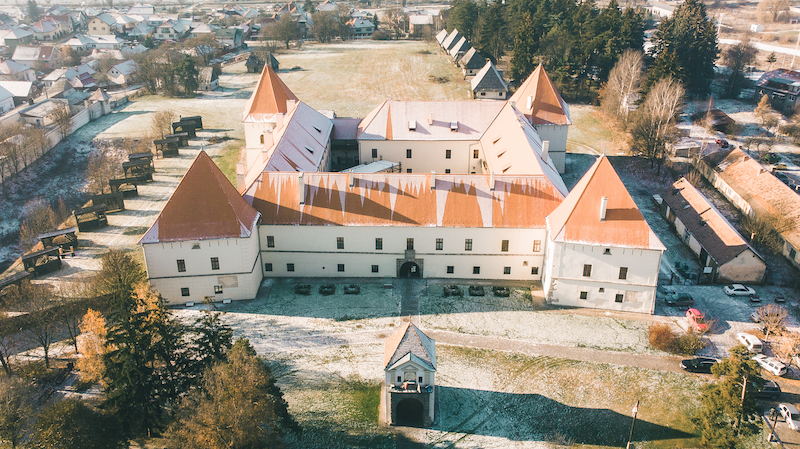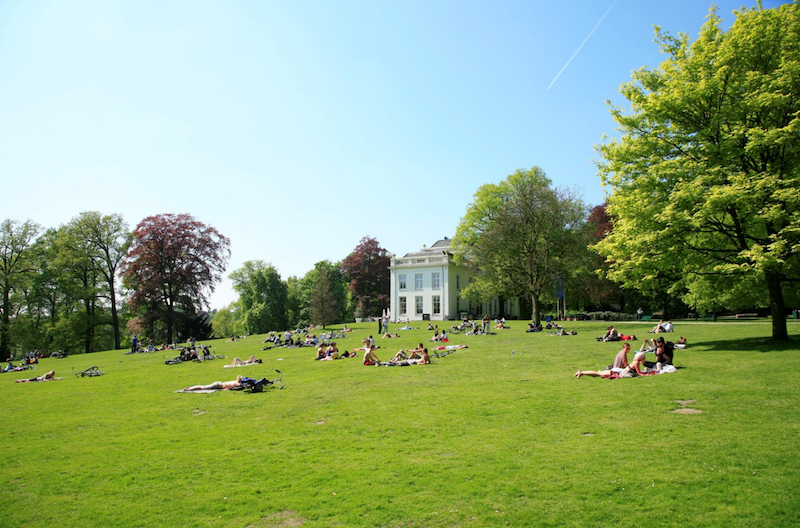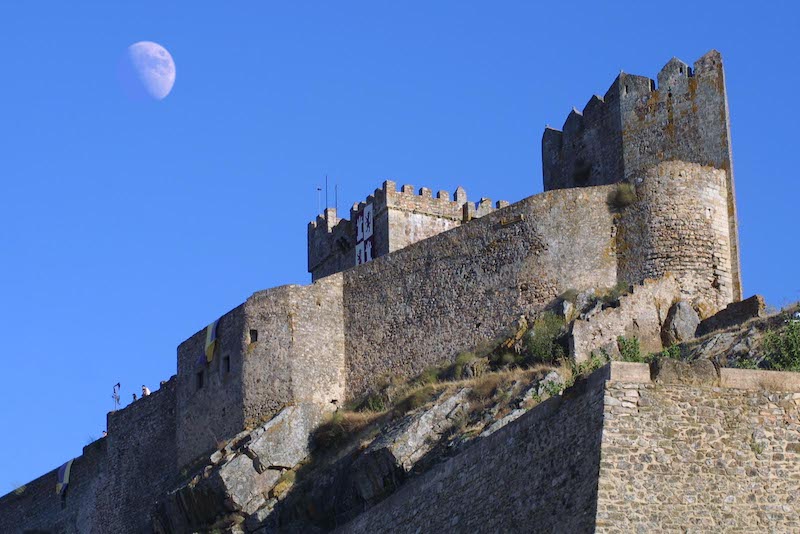After the official kick-off conference of Innocastle in Bucharest, Romania, Innocastle partners and stakeholders visited several manor houses in Romania between 2 and 4 October, as part of the first study visit.
Day 1 of the study visit explored various ownership and management structures of castles and manors. It included three of the site visits: Marghiloman manor in Hagiești, Hagianoff manor in Manasia and Bellu manor in Urlați.
A summary of day 2 which focused on the Regional Operational Programme in Romania can be found here.

Marghiloman manor in Hagiești, Ialomita is one of the manors owned by the National Institute of Heritage, located about 35 km from Bucharest. It is a historical monument of national and international significance (grade A listed monument). The estate is currently not being used. The National Institute of Heritage has been trying to obtain funds to revitalize this manor, but so far it was not considered eligible for various funding lines.

"The power of this place is not only the building but also the surroundings" - advised one of the international participants.

Hagianoff manor in Manasia, Ialomita is an example of a privately owned manor. It was bought in 2006 by Ariadna Löwendal Danila, who sensed its economic, historical and architectural potential. The total investment cost was 2.5 million euro and it was made largely with private funds. Private owners are not eligible for national or regional funding programmes in Romania. European funds have been accessed only for purchases of equipment and facilities. The estate currently functions as an events center and restaurant.

Bellu manor in Urlati, Prahova
Currently, the secondary manor, the gate building and the garden are in good condition. The main building on the Bellu area was destroyed following the earthquake of 1940. The Bellu manor was restored by the Prahova County Council in 2004. It is currently owned by the Romanian Academy (private owner) while being managed by the former owner, the Prahova County Council. The manor functions as a museum.

Key takeaways from the site visits on day 1:
- Partnerships - Cooperation at local and regional level, but also with the civil society and the local community, is essential for the preservation and sustainable transformation of the rich collection of castles and manors in Romania. Cooperation should be stimulated and supported by public policies and legislative and financial instruments at national and European level.
Encouraging partnerships (private-private, public-private, etc.) may be the solution to the fragmentation that affects historical estates. Fragmentation, in many cases, hinders the process of transforming these estates into catalysts for rural or regional development.
Monuments Watch (from Belgium and the Netherlands) could be an interesting model of conserving manors and castles through a public-private partnership for Romania. - Landscape-based approach
In Flanders, in order to find ways to better integrated heritage in regional development, heritage is being approached from a landscape perspective. This approach was considered very interesting by all partners.
"This study visit has made me even more determined that Historic Castles, Manors and Estates should be seen as a holistic entity of a building with its surrounding. Only this way, we can make a true link between heritage and regional development." - Sylvie van Damme, University College Ghent - Awareness
Romania has a historical gap in looking at and appreciating this category of heritage, castles, manors and estates - a consequence of the communist period. The value of cultural heritage is thus not always recognized by all stakeholders or by the wider public. The need to raise more awareness and to communicate better with the public was underlined and partners realised they should do more in their own regions to achieve this.
In Romania, the National Institute of Heritage has recently started a campaign to mobilise instagrammers and vloggers to write and publish more about heritage and to attract young audiences. The other partners showed interest in also activating the young public in their region to communicate more about heritage.


